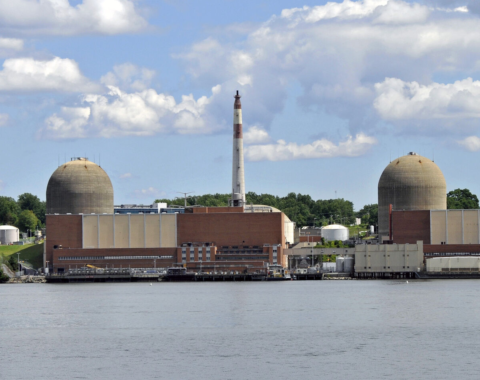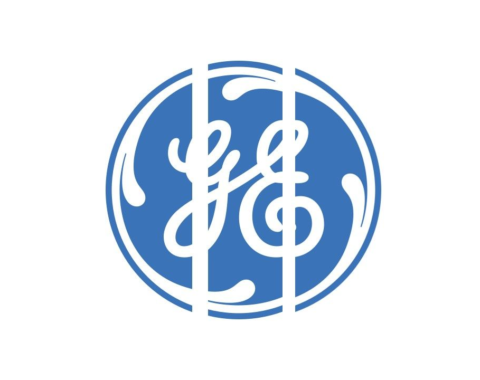U.S. Congressman Devin Nunes, who represents the 22nd District in the California Central Valley, has proposed a bill – HR 4394 Clean Energy Protection Act – that would allow the Diablo Canyon Nuclear Power Plant (NPP) to continue operation, but PG&E says its plans haven’t changed from their announcement back in June 2016 for the shutdown and decommissioning of the two units at Diablo Canyon when their licenses expire – 2024 (Unit 1) and 2025 (Unit 2).
Nunes wrote in an email, to supporters, that his bill is meant to stave off “a bleak energy future of even higher electricity prices and more unreliable energy production. If the Democrats believed their own warnings about an approaching climate apocalypse, they’d be actively building nuclear power plants — a clean, efficient, and safe energy source with zero carbon emissions. Instead, they are forcing the shutdown of California’s last operational nuclear power plant.”
Nunes cited last summer’s rolling blackouts and PG&E price hikes as examples of California’s “sustained energy crisis.” PG&E customers already pay way more than the national average – as much as 80% more, according to a UC Berkeley / Next10 study and now they are asking for an 18% increase. If the rate increase were approved, the electric bill for an average residential customer would increase from $138.86 in 2021 to $164.05 in 2023, according to the application submitted by PG&E to the California Public Utilities Commission (CPUC).
PG&E spokesperson, Suzanne Hosn, said PG&E was aware of HR 4394 and would follow whatever the state decides but PG&E has not halted the decommissioning process – “California has really been pretty clear about the future of nuclear power in this state. So, there’s a whole lot that would have to happen on the state side – I mean just the simplest way to put it is PG&E’s plans haven’t changed.”
PG&E previously said that Diablo Canyon’s closure was in part due to the state’s push for more renewable energy production, as well as projected lower demand from consumers as they switch to solar panels. However, a key factor of the agreement to close the plant was a requirement to replace the plant’s energy output with reliable and cost-effective clean energy sources, but critics claim the state has not lived up to their end of the agreement.
The California Public Utilities Commission, which regulates public utilities such as PG&E, approved the joint proposal to shut down and decommission Diablo Canyon back in 2018, and the California State Legislature passed Senate Bill 1090 that same year, which approved the proposal to give San Luis Obispo County communities $85 million to mitigate the impacts of Diablo Canyon’s closing.
This isn’t the first time a legislator has attempted to keep Diablo Canyon operating. California Assemblyman Jordan Cunningham planned to propose a bill in 2019 that aimed to reclassify nuclear power to allow Diablo Canyon’s production to count toward California’s target for renewable energy. That bill was meant to encourage an outside party to take over the plant during PG&E’s bankruptcy proceedings and continue operating Diablo Canyon for the next several decades. However, that bill died in 2020.
For now, Hosn said, “Our focus remains on safely and reliably operating Diablo, until the end of its current operating licenses and planning for successful decommissioning.”



